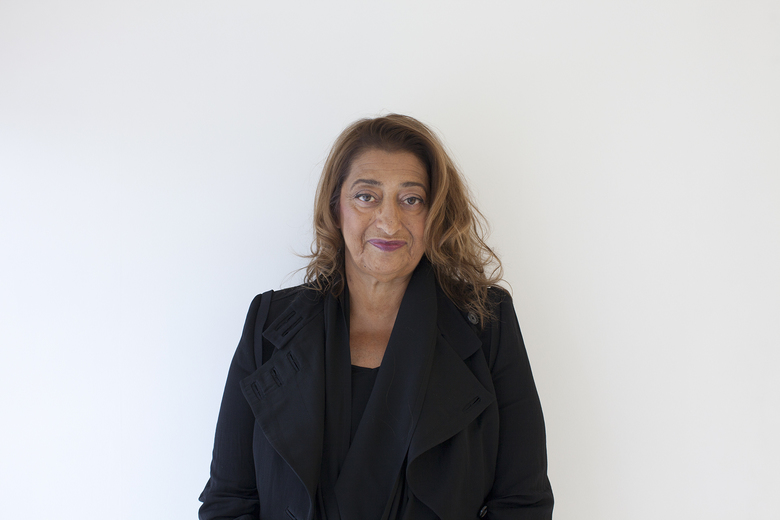Zaha Hadid (1950-2016)
John Hill
31. March 2016
Photo: Davide Pizzigoni
Zaha Hadid, the Iraqi-born British architect who was the first woman to win the Pritzker Architecture Prize and was recently awarded RIBA's 2016 Royal Gold Medal, died from a heart attack today at the age of 65.
Per a statement from Zaha Hadid Architects on the shocking and saddening news, "Dame Zaha Hadid, DBE died suddenly in Miami in the early hours of this morning. She had contracted bronchitis earlier this week and suffered a sudden heart attack while being treated in hospital."
Born in Baghdad in 1950, she studied mathematics at the American University of Beirut and then headed to London in 1972 to study architecture at the Architectural Association. She established her own architectural practice there in 1979 and four years later came to international attention with the competition-winning The Peak in Hong Kong.
Most early projects, like The Peak, remained unbuilt, but eventually Hadid became one of most renowned and prolific architects this century, especially in the years following the receipt of the 2004 Pritzker Prize. Alongside office partner Patrik Schumacher, she designed and realized what the firm describes as "unexpected and dynamic architectural forms" all around the world.
Notable completed buildings include the Vitra Fire Station in Weil Am Rhein, Germany (1993); the Hoenheim-Nord Terminus and Car Park in Strasbourg, France (2001, the recipient of the 2003 EU Mies Award); the Rosenthal Center for Contemporary Art in Cincinnati (2003); the MAXXI: Italian National Museum of 21st Century Arts in Rome (2009, recipient of the 2010 RIBA Stirling Prize); the Guangzhou Opera House in China (2010); and the Heydar Aliyev Centre in Baku (2013).
Heydar Aliyev Centre (Photo: Iwan Baan)
Although any Hadid building would garner news, she was an almost constant presence in the press due to occasional controversies as well. Most recently, Zaha Hadid Architects' competition-winning design for the 2020 Summer Olympics Stadium in Japan was shelved last year due to rising costs. One year earlier Hadid sued the The New York Review of Books and architecture critic Martin Filler over comments in a book review (they settled in early 2015).
But it was the apparently never-ending stream of awards, competition wins and completed buildings that prevailed in the headlines, making Zaha Hadid one of the most influential architects this century. Peter Cook, in his citation on Hadid's 2016 Royal Gold Medal, sums up her influence pretty well:
We realize that Kenzo Tange and Frank Lloyd Wright could not have drawn every line or checked every joint, yet Zaha shares with them the precious role of towering, distinctive and relentless influence upon all around her that sets the results apart from the norm. Such self-confidence is easily accepted in film-makers and football managers, but causes some architects to feel uncomfortable, maybe they’re secretly jealous of her unquestionable talent. Let’s face it, we might have awarded the medal to a worthy, comfortable character. We didn’t, we awarded it to Zaha: larger than life, bold as brass and certainly on the case.

